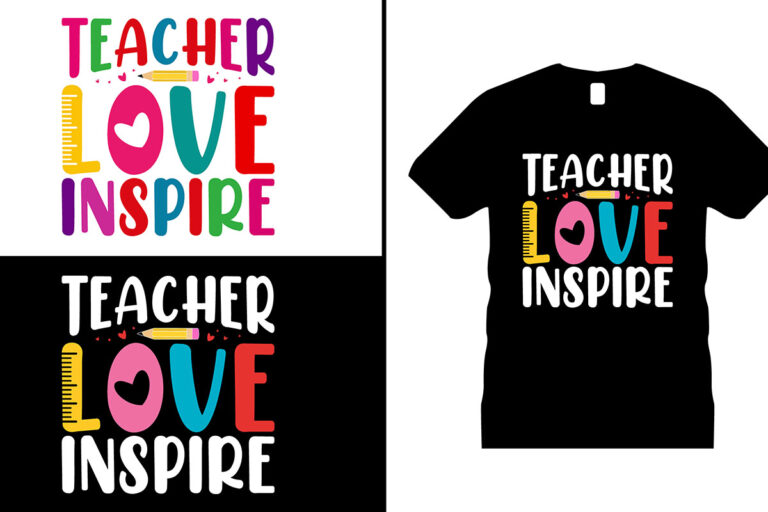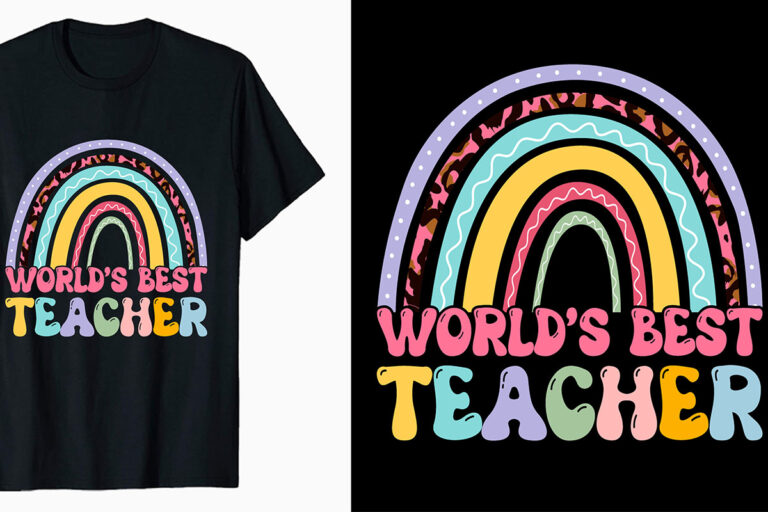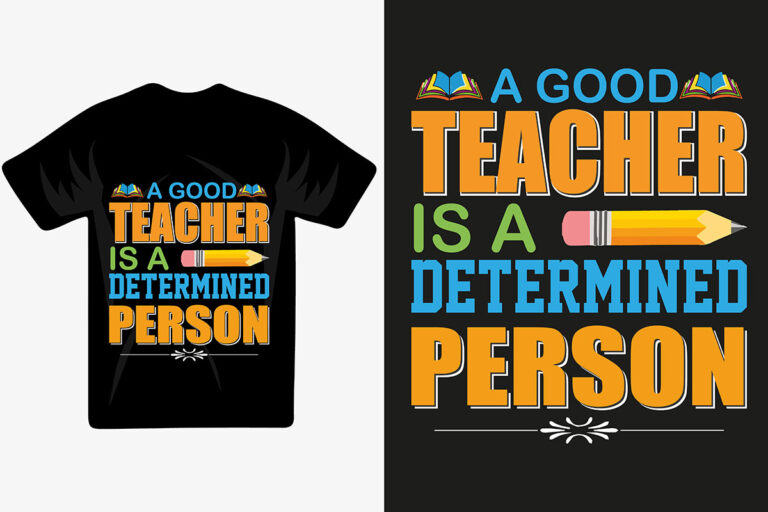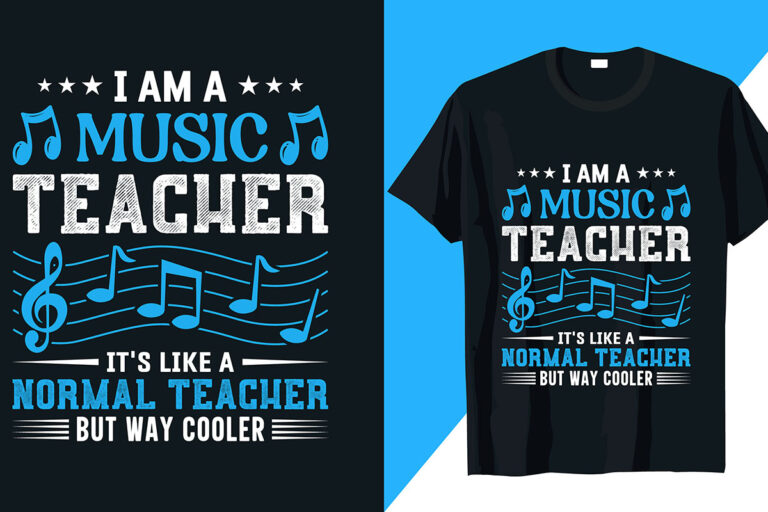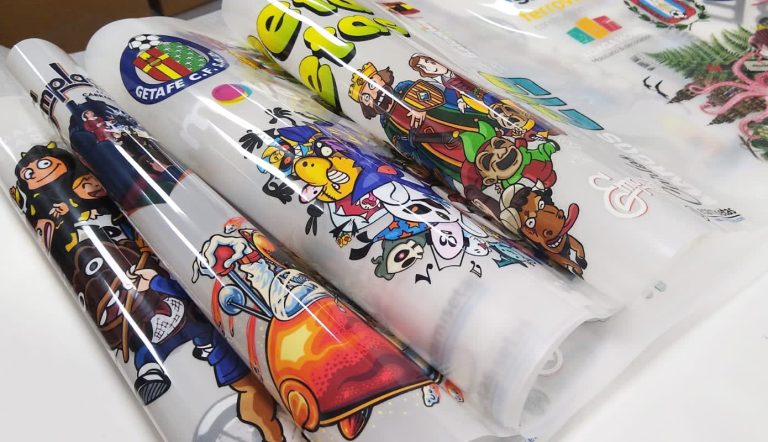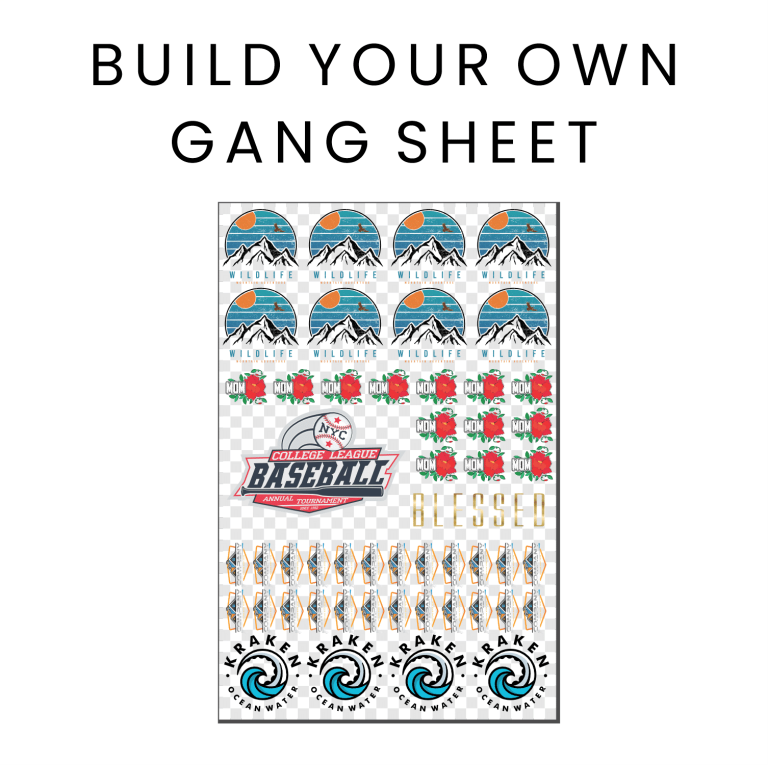DTF Gangsheet Builder Techniques to Transform Printing
In the dynamic realm of print technology, DTF Gangsheet Builder Techniques have revolutionized how businesses approach print production. By leveraging innovative DTF printing techniques, companies can maximize their resource efficiency while ensuring high-quality outputs. The concept of gang sheet printing allows multiple designs to be consolidated onto a single film, significantly enhancing production efficiency and reducing costs. This comprehensive guide explores the principles behind Direct to Film printing and offers actionable tips for leveraging these strategies effectively. Dive into the world of print production optimization as we unveil the secrets to transforming your projects and achieving your printing goals.
Exploring the intricacies of DTF printing, often referred to as Direct to Film printing, reveals how gang sheet techniques have become a game changer in the industry. This smart printing approach consolidates multiple designs into a cohesive layout, streamlining the printing process and optimizing material usage. By harnessing these innovative methodologies, print businesses can enhance their operational efficiency and offer diverse design options to their clientele. Additionally, the effectiveness of printing efficiency techniques fosters a more sustainable approach by minimizing waste. Join us as we delve deeper into these transformative practices and unlock their full potential.
Understanding the Basics of DTF Printing
DTF printing, or Direct to Film printing, revolutionizes the way we approach the fabric and materials printing industry. Unlike traditional screen printing that requires multiple steps and setups, DTF printing streamlines the process by allowing designs to be printed directly onto a film which can then be transferred to fabrics or other surfaces. This not only speeds up production but also allows for greater flexibility with colors and designs, catering perfectly to small batches or large orders alike. The technology ensures vibrant colors that can withstand washing and wear, making it increasingly popular among businesses that prioritize quality and durability.
In essence, the DTF printing process begins with preparing the digital design, which is then printed onto a specialized transfer film using high-quality inks. Once printed, a heat-activated adhesive is applied, allowing the design to adhere firmly to the chosen substrate once heat-pressed. The versatility of DTF printing makes it applicable across various industries, from fashion to home decor, demonstrating its ability to meet a wide array of printing needs with excellence.
The Importance of Gang Sheet Printing Techniques
Gang sheet printing is a pivotal technique in DTF printing that emphasizes efficiency and cost-effectiveness. By arranging multiple designs on a single transfer sheet, businesses can significantly reduce the amount of film used while increasing output. This method not only minimizes material waste but also cuts down on the time spent loading the printer for each individual design. In a competitive market where turnaround times are crucial, gang sheets provide a practical solution to enhance printing workflows.
Furthermore, gang sheets offer an excellent way to manage production efficiently. Designers can optimize their print layouts, accommodating various customer requests without the need for excessive inventory. This approach not only saves costs but also streamlines operations, allowing businesses to meet diverse client needs more effectively, thus enhancing customer satisfaction and loyalty.
Optimizing Design Layouts for Gang Sheets
Creating an effective gang sheet layout requires careful planning to maximize the use of available film and minimize design overlaps. Utilizing graphic design software can provide a visual layout that helps in strategically arranging the designs. It’s essential to consider factors such as design size, spacing, and alignment during this process. A well-organized gang sheet not only looks professional but ensures that each design receives the appropriate attention during the printing process.
Additionally, pay attention to the details that can affect final output, such as resolution and color matching. Ensuring that designs are positioned correctly on the gang sheet enhances the overall quality of the print, ensuring that each piece meets the high standards expected in today’s market. Such optimization leads to fewer errors and better finished products, reinforcing the importance of an effective layout in DTF gangsheet building.
Implementing Printing Efficiency Techniques
In the realm of DTF printing, efficiency techniques play a critical role in enhancing productivity and safeguarding profitability. One effective strategy includes automating printing processes where possible. By investing in advanced DTF printers equipped with features that allow for quick software integration or batch printing capabilities, businesses can significantly cut down on production times. This automation not only streamlines operations but also minimizes human error, leading to higher output quality and consistency.
Furthermore, integrating print production optimization practices into daily operations is fundamental. Regular maintenance of printing equipment, alongside timely software updates, ensures that printers operate at their peak performance. Keeping abreast of the latest advancements in DTF printing technology also allows businesses to leverage innovations that can save both time and resources, ultimately leading to more streamlined workflows.
Ensuring Color Consistency in DTF Printing
One of the most critical aspects of DTF printing is ensuring color consistency across all prints, especially when using gang sheets. Variations in color can lead to customer dissatisfaction and diminished brand reputation. Calibration of printers should be a routine practice before printing production runs. Developing a consistent color profile for your printer, inks, and media ensures that every print resonates with the colors intended in the design, maintaining brand integrity and quality.
In addition to calibration, the use of color swatch testing before committing designs to gang sheets offers a tangible way to preview color accuracy. This proactive approach helps to mitigate potential discrepancies, ensuring that what the customer views on screen is what they receive in the final product. By focusing on color consistency, printers can enhance the overall customer experience, leading to repeat sales and positive referrals.
Innovations Driving DTF Gangsheet Techniques Forward
The DTF printing industry is constantly evolving, with innovations that drive gangsheet techniques to new heights. For instance, advances in printer technology are yielding equipment that is not only more efficient but also supports a wider range of materials and finishes, expanding the realm of possibilities for designers and printers alike. These technologies are particularly beneficial for businesses looking to stay ahead in an increasingly competitive market, where efficiency and versatility are key.
Moreover, automation in order management systems is revolutionizing how print jobs are processed. Online platforms that streamline order placements and allow for real-time updates can complement gang sheet techniques, ensuring smoother operations and better resource allocation. By embracing these innovations, printers can optimize their workflows and produce high-quality output that meets modern consumers’ expectations.
Frequently Asked Questions
What are DTF Gangsheet Builder Techniques and how do they work?
DTF Gangsheet Builder Techniques involve the strategic use of gang sheets in DTF printing, where multiple designs are printed on a single film layout. This method maximizes material use, reduces production costs, and enhances printing efficiency. By leveraging these techniques, businesses can optimize their workflows and increase output without sacrificing quality.
How does gang sheet printing improve DTF printing efficiency?
Gang sheet printing significantly improves DTF printing efficiency by allowing multiple designs to be printed simultaneously on one sheet. This not only saves time by reducing the number of print runs but also minimizes waste and lowers material costs, making it a smart choice for high-volume printing projects.
What are the best practices for creating effective gang sheets in DTF printing?
To create effective gang sheets in DTF printing, one should optimize design layouts, use templates for consistency, ensure color management, and conduct test prints before mass production. These practices enhance print quality and efficiency while minimizing errors and waste.
How can I ensure color consistency in DTF Gangsheet printing?
To ensure color consistency in DTF Gangsheet printing, it’s essential to calibrate your printer and use color management tools. Conduct test prints to check color accuracy across designs on the gang sheet, preventing discrepancies and maintaining high-quality results.
What innovations are enhancing DTF printing and gang sheet techniques?
Innovations such as compact A3 DTF printers and web-to-print platforms like Snuggle DTF are enhancing DTF printing and gang sheet techniques. These advancements allow small businesses to operate efficiently and streamline order management processes, maximizing print production optimization.
Why is gang sheet technique considered an environmentally friendly option in DTF printing?
The gang sheet technique is considered environmentally friendly in DTF printing because it minimizes waste by efficiently using film material. By printing multiple designs on a single sheet and reducing the need for separate films, businesses can lower their overall environmental impact while maintaining productivity.
| Key Point | Description |
|---|---|
| What is DTF Printing? | DTF printing directly prints images onto a film for transfer to various substrates, popular for producing vibrant prints in the garment industry. |
| Understanding Gang Sheets | Gang sheets are layouts where multiple designs are printed on a single sheet, optimizing material usage and costs. |
| Benefits of Gang Sheets | 1. Cost Efficiency 2. Time-Saving 3. Less Waste 4. Versatility These benefits contribute to improved operations for small businesses and freelancers. |
| Techniques for Building Gang Sheets | 1. Optimize Design Layouts 2. Use Templates 3. Ensure Color Consistency 4. Test Before Mass Production These techniques enhance workflow and print quality. |
| Innovations in DTF Printing | Recent advancements include compact A3 DTF printers and web-to-print services that streamline production processes. |
Summary
DTF Gangsheet Builder Techniques offer a revolutionary approach to transforming your printing projects by enhancing efficiency and reducing material waste. This method allows for the production of multiple designs on a single sheet, maximizing resources while catering to diverse customer needs. Moreover, employing effective strategies such as optimizing design layouts, utilizing templates, and ensuring consistent color management can elevate print quality significantly. By staying informed about technological advancements, businesses can leverage these techniques to gain a competitive edge in the dynamic printing market.


